Black peru corydoras - Corydoras semiaquilus
Scientific name: Corydoras semiaquilus
Common name: Black peru corydoras
Family: Callichthyidae
Usual size in fish tanks: 5 - 6 cm (1.97 - 2.36 inch)
014
Recommended pH range: 6.5 - 7
Recommended water hardness: 3 - 16°N (53.57 - 285.71ppm)
0°C 32°F30°C 86°F
Recommended temperature range: 22 - 27 °C (71.6 - 80.6°F)
The way how these fish reproduce: Spawning
Where the species comes from: South America
Temperament to its own species: peaceful
Temperament toward other fish species: peaceful
Usual place in the tank: Bottom levels
Origin
Corydoras semiaquilus, commonly known as the Black Peru Corydoras, originates from South America, particularly the slow-moving tributaries and forest streams of Peru and Brazil. These habitats are typically shaded, with leaf litter, soft substrates, and warm, slightly acidic water—conditions that should be mimicked in the aquarium for optimal health and natural behavior.
Short Description
This peaceful bottom-dweller is best kept in small shoals of five or more. Known for its dark body and shimmering undertones, the Black Peru Corydoras adds contrast and activity to community aquariums. A soft sand or smooth gravel substrate is essential to protect their sensitive barbels. Provide ample hiding spots using driftwood, plants, and caves. Their calm temperament makes them ideal tankmates for other non-aggressive species.
Tank Setup and Water Conditions
- Tank size: Minimum 60 liters (15 gallons) for a group
- Substrate: Soft sand or rounded fine gravel
- Filtration: Gentle flow with good oxygenation
- Decor: Leaf litter, driftwood, and shaded areas
- pH: 6.5 – 7.0
- Hardness: 3 – 16°dGH
- Temperature: 22 – 27 °C (71.6 – 80.6 °F)
Feeding
Black Peru Corydoras are omnivores and should be offered a varied diet. Feed them in the evening when they are more active near the substrate.
- Staple diet: Sinking pellets, algae wafers, and quality flake food
- Treats: Bloodworms, brine shrimp, and daphnia (2–3 times per week)
- Feeding tip: Avoid overfeeding and remove uneaten food to maintain water quality
Sexing
Sexual dimorphism is subtle but visible when viewed from above. Females are slightly larger and exhibit a rounder, plumper body, especially when carrying eggs.
Breeding
Although captive breeding of Corydoras semiaquilus is rare, it is presumed that their spawning behavior mirrors that of other Corydoras species. In the wild, they are believed to be egg scatterers.
- Spawning trigger: Cooler water changes and high-quality live food
- Egg laying: Usually on broad leaves, tank glass, or decor
- Parental care: None—eggs must be protected from adults
Captive breeding attempts should include soft, clean water, fine-leaved plants or spawning mops, and a separate fry-raising setup.
Recommended Plants
- Echinodorus bleheri (Amazon Sword) – poskytuje tieň a veľké listy vhodné na kladenie ikier
- Microsorum pteropus (Java Fern) – odolná rastlina nenáročná na svetlo
- Anubias barteri – ideálna na dekoráciu dreva alebo kameňov
- Cryptocoryne wendtii – vytvára hustý porast v popredí a strede akvária
- Limnophila sessiliflora – rýchlo rastúca rastlina, znižuje obsah dusičnanov
Suitable Tankmates
- Paracheirodon innesi (Neon Tetra)
- Paracheirodon axelrodi (Cardinal Tetra)
- Otocinclus affinis (Otocinclus Catfish)
- Trichogaster chuna (Honey Gourami)
- Hyphessobrycon amandae (Ember Tetra)
- Pangio kuhlii (Kuhli Loach)
Avoid housing them with large, aggressive, or overly active fish that may outcompete them for food or disturb their calm nature.
Lifespan
With proper care and clean water conditions, the average lifespan of Corydoras semiaquilus is between 3 and 5 years, though some specimens may live longer in optimal environments.
Pictures
Bought by aqua-fish.net from jjphoto.dk.
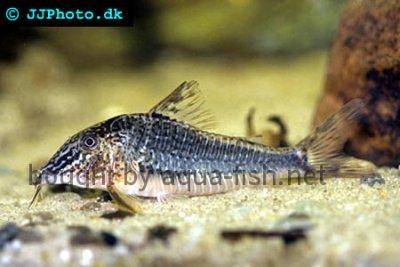







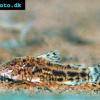 Aspidoras
Aspidoras 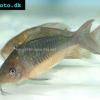 Giant
Giant 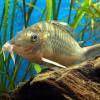 Hognosed
Hognosed 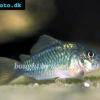 Emerald
Emerald 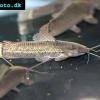 Cascarudo
Cascarudo 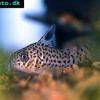 Acre
Acre 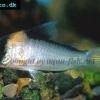 Adolfo’s
Adolfo’s 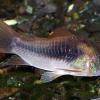 Bronze
Bronze 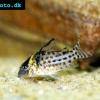 Agassizii’s
Agassizii’s 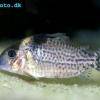 Spotted
Spotted 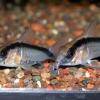 Skunk
Skunk 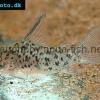 Corydoras
Corydoras 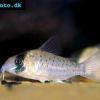 Fairy
Fairy 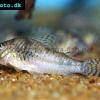 Corydoras
Corydoras 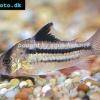 Pink
Pink 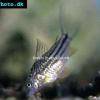 San
San 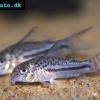 Bond’s
Bond’s 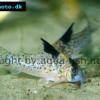 Spotted
Spotted 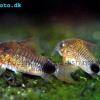 Tailspot
Tailspot 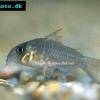 Concolor
Concolor 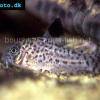 Cope’s
Cope’s 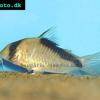 Sand’s
Sand’s 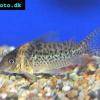 False
False 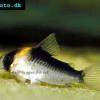 False
False 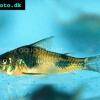 Ehrhardt’s
Ehrhardt’s 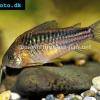 Elegant
Elegant 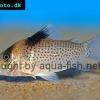 Saddle
Saddle 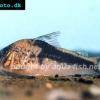 Fowler’s
Fowler’s 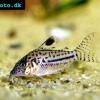 Gomezi
Gomezi 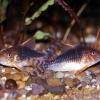 Palespotted
Palespotted 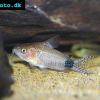 Guapore
Guapore 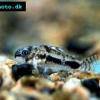 Dainty
Dainty 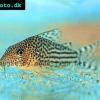 Mosaic
Mosaic 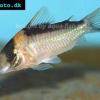 Imitator
Imitator 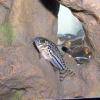 Julii
Julii 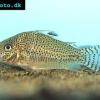 Leopard
Leopard 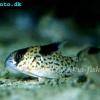 Black
Black 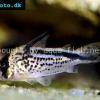 Slant-bar
Slant-bar 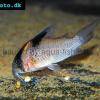 Bluespotted
Bluespotted 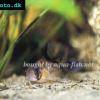 False
False 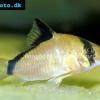 Bandit
Bandit 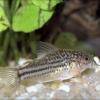 Mini
Mini 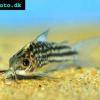 Napo
Napo 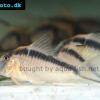 Corydoras
Corydoras 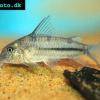 Blue
Blue 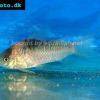 Nijssen’s
Nijssen’s 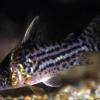 Ornate
Ornate 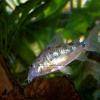 Peppered
Peppered 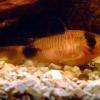 Panda
Panda 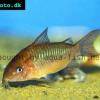 Albertini
Albertini 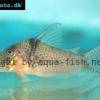 Pastaza
Pastaza 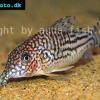 Corydoras
Corydoras 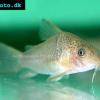 Many-spotted
Many-spotted 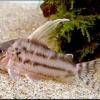 Pretty
Pretty 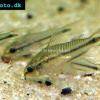 Dwarf
Dwarf 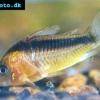 Iridescent
Iridescent 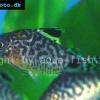 Reticulated
Reticulated 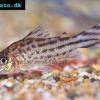 Bannertail
Bannertail 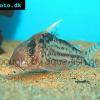 Robust
Robust 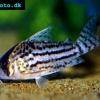 Schwartz’s
Schwartz’s 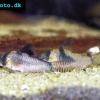 Longnosed
Longnosed 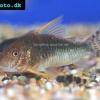 Seuss’
Seuss’ 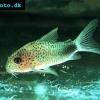 Smudge
Smudge 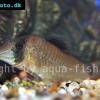 Masquerade
Masquerade 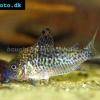 False
False 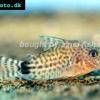 Millenium
Millenium 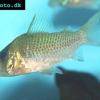 Pinkthroat
Pinkthroat 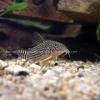 Sterba’s
Sterba’s 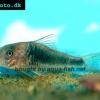 Longsnout
Longsnout 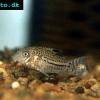 False
False 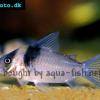 Miguelito
Miguelito 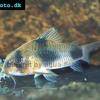 Twosaddle
Twosaddle 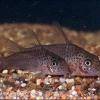 Xingu
Xingu 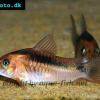 Black
Black 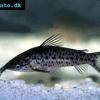 Porthole
Porthole 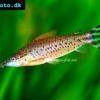 Flagtail
Flagtail 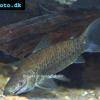 Brown
Brown 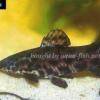 Spotted
Spotted